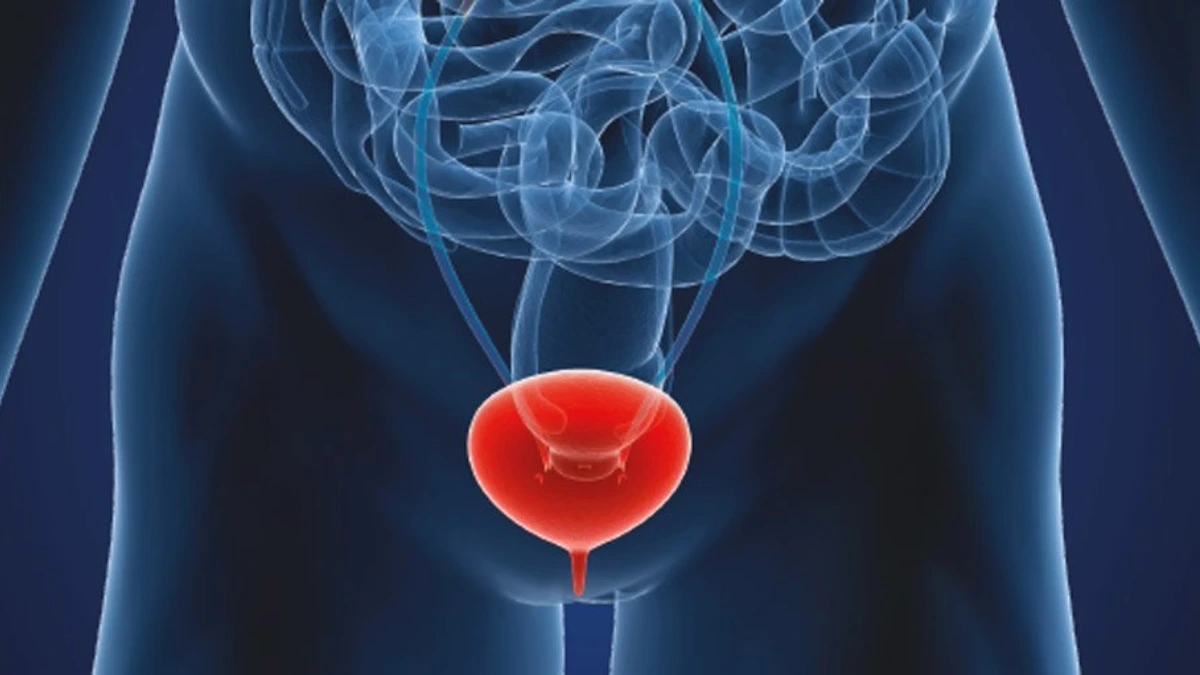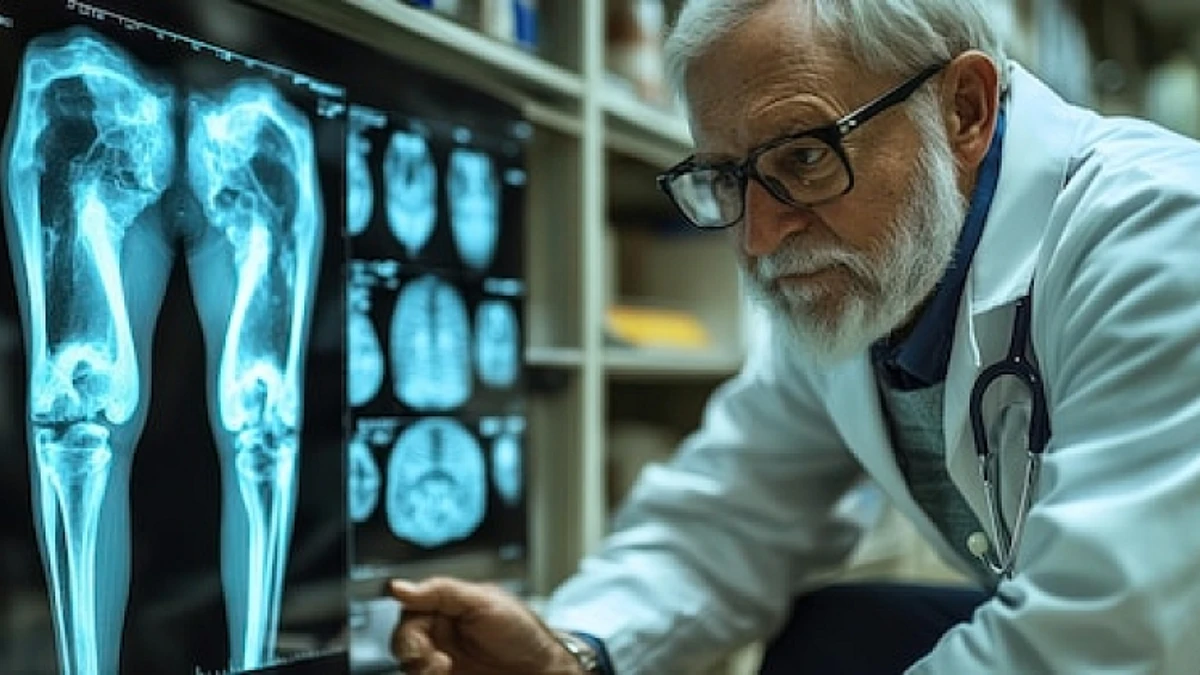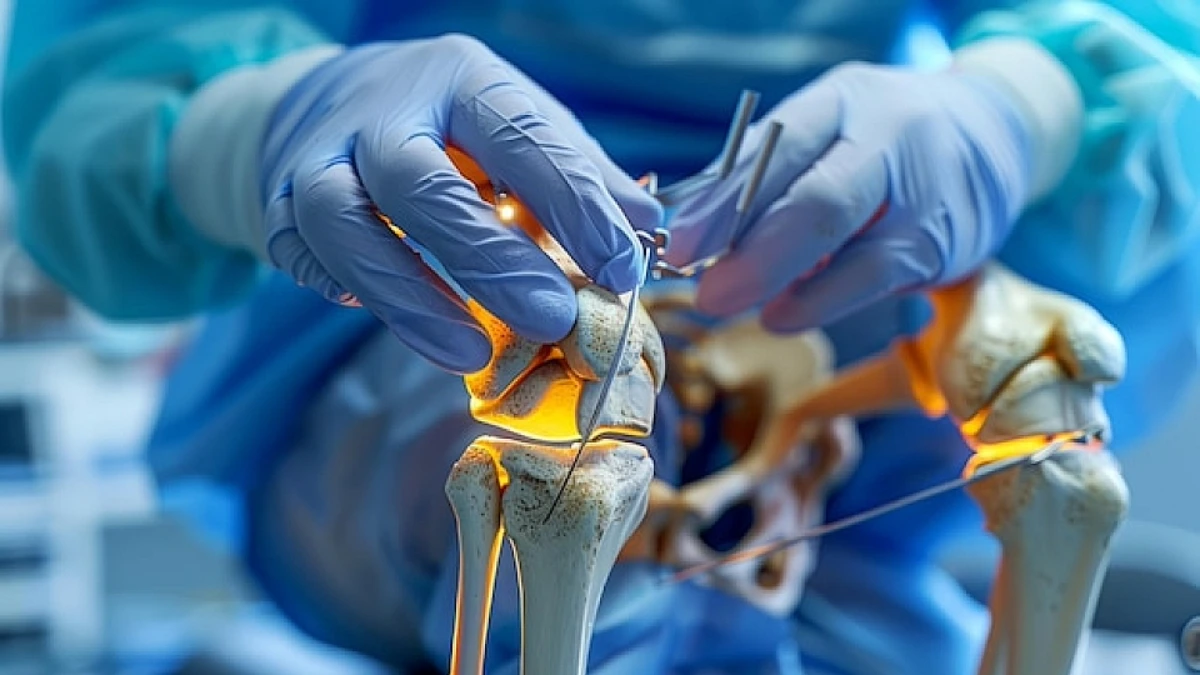Bladder augmentation is a significant surgical procedure designed to increase bladder capacity and reduce urinary incontinence. Moreover, recognizing the complexity of the surgery, its recovery, and the long-term implications is crucial for patients and caretakers considering this option. To guide you through, this document provides vital information on what to expect throughout the process, detailing pre-surgical preparation, post-operative care, and long-term management.
What is Bladder Augmentation?
Bladder augmentation, also known as cystoplasty, is a surgical procedure aimed at enlarging the bladder by utilizing a section of the body’s tissue, typically from the large or small intestine, ureters, or even the stomach. This operation is often conducted to address various bladder-related conditions. Understanding the urinary system’s functionality, the procedure details, risks, benefits, recovery process, and considerations before and after the operation to make informed decisions is important. Avicenna International Hospital is dedicated to providing comprehensive care and support throughout the entire process.
Understanding the Urinary System
The urinary system primarily comprises the kidneys, bladder, and ureters. The kidneys filter waste products from the blood, producing urine that flows through the ureters into the bladder. The bladder acts as a storage organ, and the urine flows out through the urethra while the sphincter muscles regulate the release of urine. A well-functioning urinary system is vital for maintaining overall health and well-being.
Additionally, a Mitrofanoff, also referred to as a continent catheterizable channel, is a critical aspect of bladder augmentation. This tube, created from the appendix or small intestine, connects the bladder to the surface of the skin, and acts as a valve, preventing urine leakage. Regular bladder emptying through this channel is essential to prevent infections and ensure proper urine elimination.
Indications for Bladder Augmentation
Bladder augmentation is often recommended when specific conditions are present, such as:
- Neurogenic Bladder Dysfunction. Conditions such as spina bifida and traumatic spinal cord injuries can disrupt nerve signals to the bladder, leading to inadequate storage capacity and unsafe bladder pressures.
- Chronic Refractory Overactive Bladder. Patients with an overactive bladder that is unresponsive to conservative treatments may require surgical intervention to prevent renal damage and improve continence control.
- Congenital Abnormalities. Certain congenital conditions like bladder exstrophy or epispadias necessitate augmentation to achieve a normal bladder volume.
- Bladder Compliance Issues. Poor bladder compliance can lead to high storage pressures, posing a risk to upper urinary tract function and potentially leading to kidney damage.
- Urinary Incontinence. In cases of severe incontinence where conservative management fails, increasing bladder capacity can help achieve urinary continence.
- Urological Cancers. After extensive cancer surgeries that involve partial bladder removal, augmentation may be necessary to restore bladder function.
Pre-Surgical Considerations
Bladder augmentation surgery is generally considered when other less invasive treatments have proven ineffective. You need to understand that preparation for surgery involves several important steps. Pre-admission consultations offer an opportunity to discuss any concerns with the medical team, undergo necessary pre-operative tests, and receive detailed instructions on preparing for the day of surgery, including fasting and bowel preparation protocols.
The Surgical Procedure
During bladder augmentation, a section of the intestine is typically repurposed to enlarge the bladder, creating more room for urine storage. This intricate surgery can take several hours, depending on the individual circumstances of the patient.
A surgeon carefully tabularizes a segment of the bowel and connects it to the bladder, effectively expanding its capacity. While open surgery has traditionally been the method employed, laparoscopic techniques are increasingly used for their reduced recovery times and less invasive nature.
Post Operative Recovery
Recovery from bladder augmentation surgery involves significant time and care. During the initial days after surgery, the patient may have a nasogastric (NG) tube to help with drainage and prevent nausea. Additionally, pain management immediately post-surgery is necessary, often requiring medications beyond standard analgesics.
Catheters and suprapubic tubes are usually placed to facilitate urine drainage and protect the surgical site during healing. Learning catheter management is an essential part of the recovery process. Mucus production, a normal consequence of using intestinal tissue, calls for regular irrigation of the bladder to prevent complications such as infections or stones.
Long-Term Management
Living with bladder augmentation requires ongoing attention and care. Additionally, a lifelong commitment involves daily irrigation of the bladder to clear mucus. Furthermore, regular follow-ups, typically annually, are necessary to monitor the health of the augmented bladder and the kidneys, ensuring effective function and promptly identifying any issues.
Potential Complications
While bladder augmentation can vastly improve the quality of life, it is not without potential risks. Complications can include difficulty with catheterization, infections, stone formation, and changes in body chemistry. Understanding these risks and learning how to manage them forms an important part of the recovery and maintenance process.
Success Rates and Indications
The success of bladder augmentation can be linked to rigorous patient selection and comprehensive aftercare. Conditions such as spina bifida, and various congenital or acquired urogenital abnormalities, indicate the need for bladder augmentation. The success rate is often high when the procedure is deemed appropriate, and adequate post-surgical care is provided.
Cost Considerations
The cost of bladder augmentation surgery can vary widely based on geographic location, facility, and post-operative needs. While considerable, this should be weighed against the potential improvements to the patient’s quality of life and the longer-term health benefits, such as reduced risk of kidney damage or severe infections.
Alternatives and Innovations
For those considering alternatives to bladder augmentation surgery, various medical treatments and less invasive procedures are available. Discussion with a healthcare provider is essential to assess the viability of these alternatives based on the individual’s specific condition and needs.
In conclusion, Avicenna International Hospital is known for support for those considering bladder augmentation. With advanced surgical techniques and dedicated postoperative care, our commitment is to guide patients through this transformative journey. For comprehensive consultation and personalized care plans, we invite you to contact us.
Recovery times can vary; most patients take about 6 weeks to recover to about 90% of their baseline health, with complete recovery potentially taking up to 3 months.
Long-term effects can include the necessity for regular bladder irrigation, potential mucus production, and the need for ongoing medical monitoring. With proper care, many patients lead full lives post-surgery.
Complications can include infections, difficulty with catheterization, stones, and changes in body chemistry or vitamin levels.







